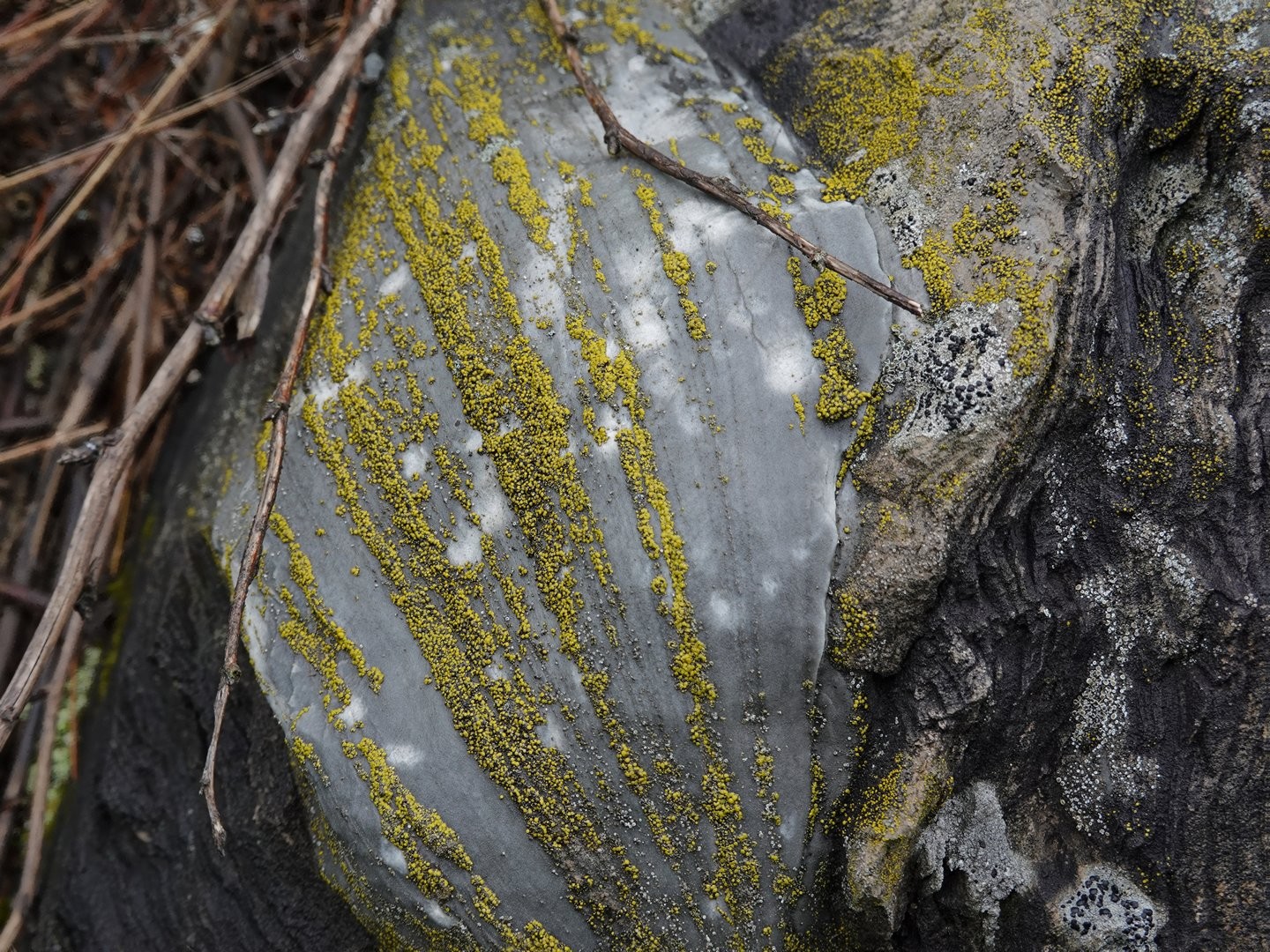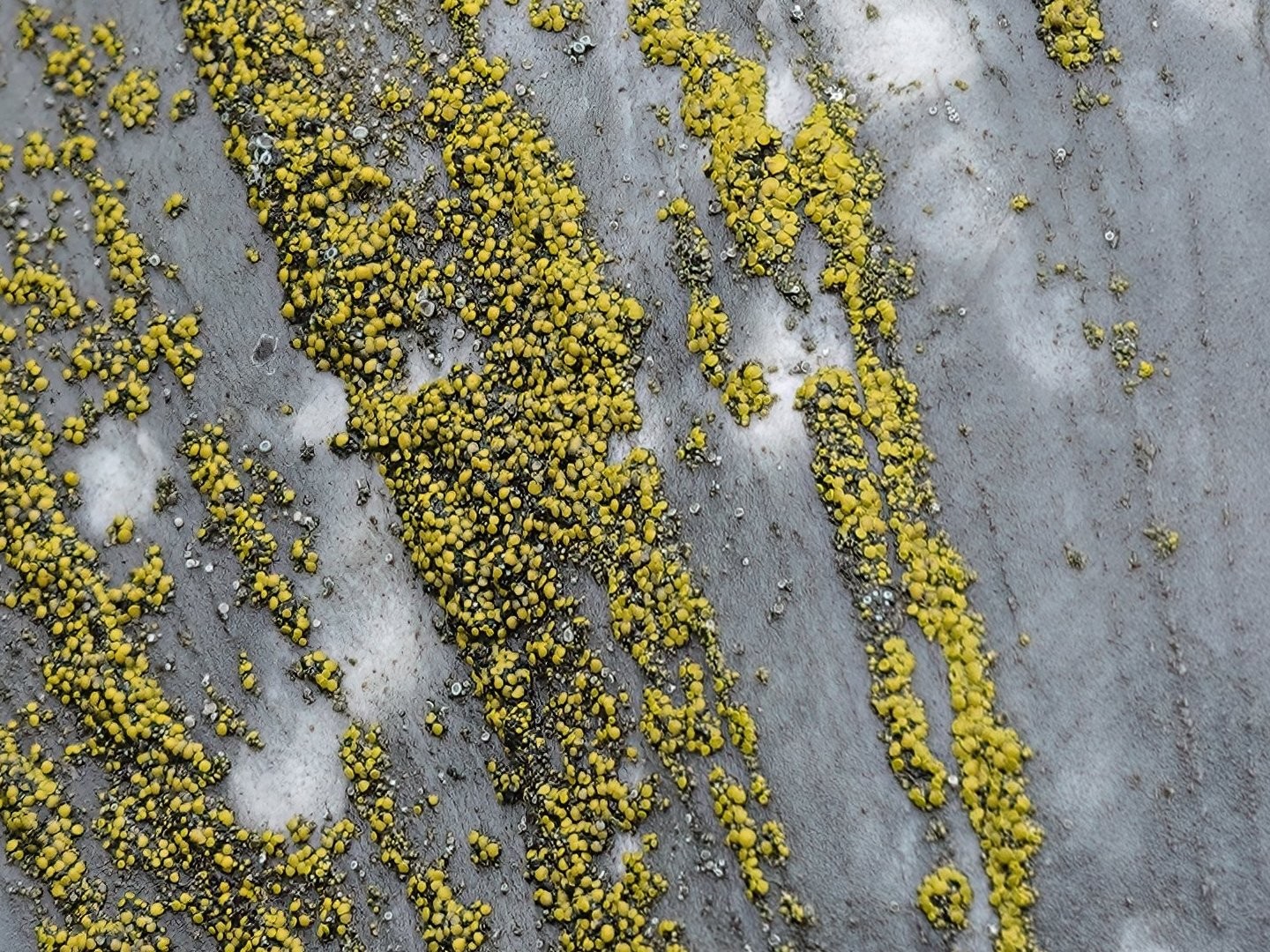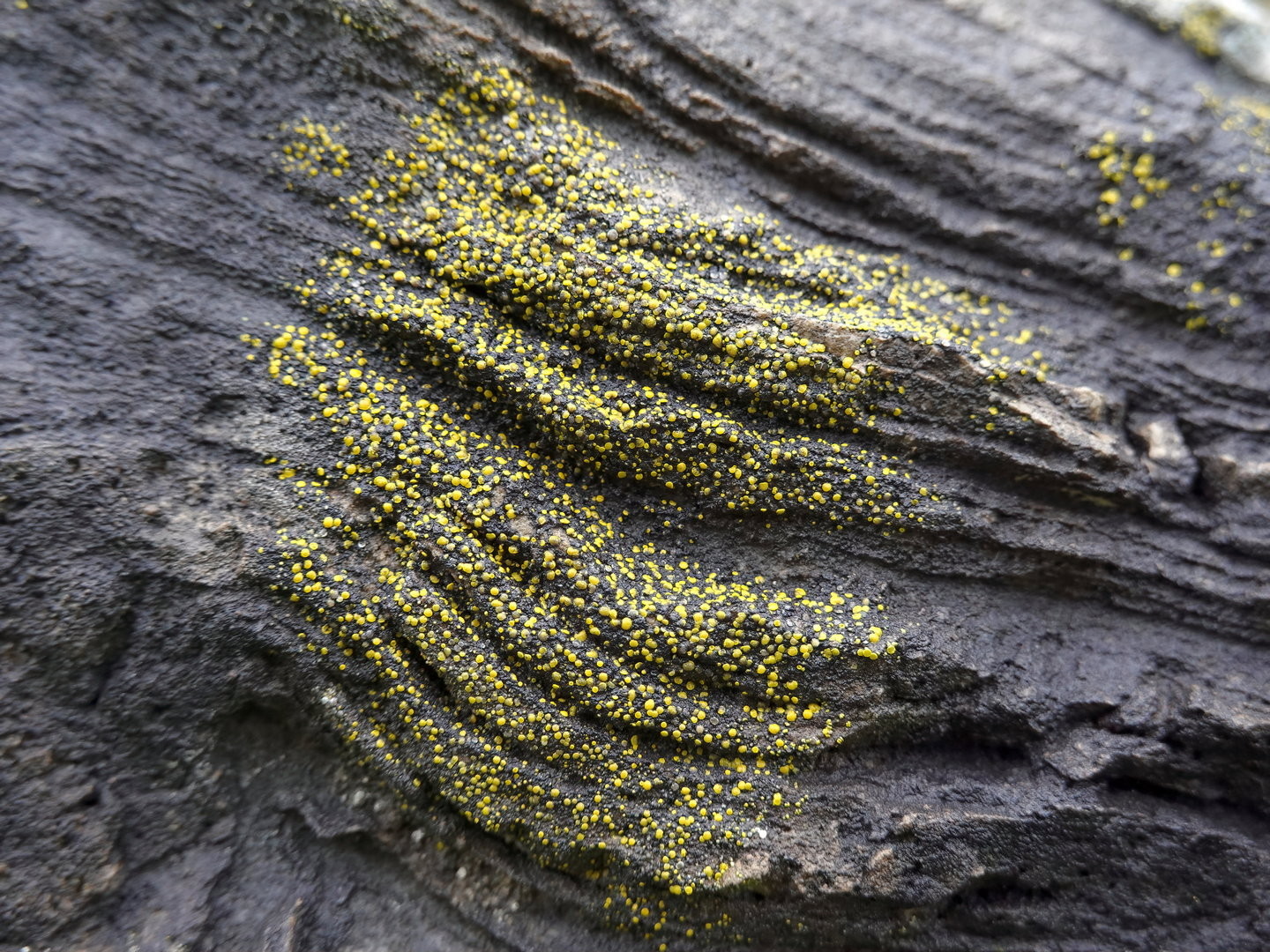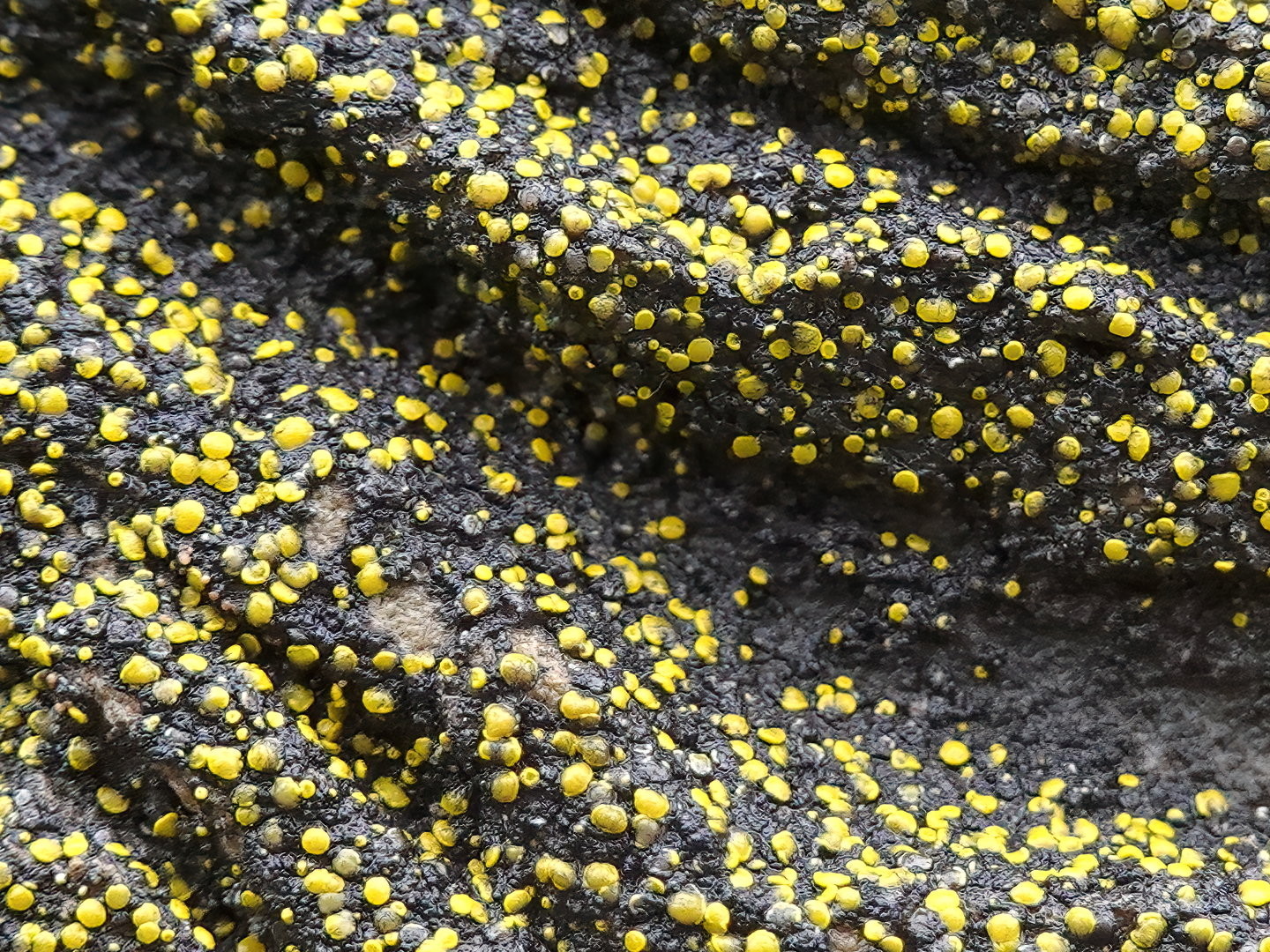Trump administration moves to tighten the noose around NASA science missions
"We would be turning off some fabulous missions that are doing extremely well."
Planetary scientist, organic chemist, astrobiologist, field scientist. Works at JPL. Champion of Titan exploration. Fascinated by life in Deep Ice. Studies the mysterious labyrinths and dissolution geology (karst) on Titan. Opinions expressed are my own. He/Him.
#PlanetaryScience
#astrobiology
#chemistry
#geomorphology
#geology
#karst
#cryosphere
#OceanWorlds
#DeepIce
#PlanetaryCaves
Trump administration moves to tighten the noose around NASA science missions
"We would be turning off some fabulous missions that are doing extremely well."
On two adjacent rocks I found this Hidden Goldspeck (Candelaria aurella) lichen.
It's interesting how this lichen only spreads out on one of the rocks in straight lines.
It is probably a matter of different layers of rock, of which I unfortunately understand nothing.
Does anyone know anything about this?
Interstellar clouds are brewing rich organic chemistry. Astronomers just detected a complex molecule called cyanocoronene (C₂₄H₁₁CN) floating between the stars in Taurus.
We don't know if life is common in the universe. But prebiotic chemistry sure is.
https://public.nrao.edu/news/cosmic-chemistry-breakthrough-largest-aromatic-molecule-found-in-deep-space/ #science #space #technology
The observation campaign for the stellar occultation by (389) Leopoldina was very successful. We have at least 12 positive observations and 5 negative. The best occultation observation of this minor planet to date.
Reports are still coming in.
C. Weber has provided a first, preliminary shadow profile with 10 positive chords reported to SODIS.
Very small crab spider on a wood trellis post in the garden protecting its egg sac. Screw head for scale.
(I was very careful retwining the trellis. All good!)



